Uncategorized
-
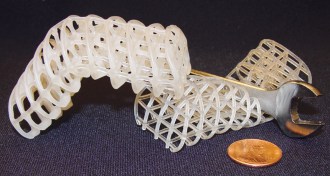 Tech
TechWax-coated plastic morphs between soft and stiff
Heat-controlled materials could serve as skeleton for shape-shifting robots.
By Meghan Rosen -
 Health & Medicine
Health & MedicineOrganic foods may contain extra antioxidants
Contrary to previous studies, a new analysis finds that organic crops have nutritional benefits over conventionally grown foods.
By Beth Mole -
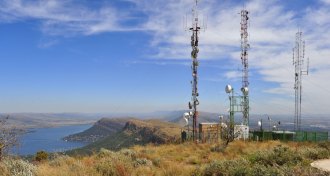 Climate
ClimateCell phone towers monitor African rains
Scientists used cell phone towers to monitor African rains, a method that could track weather in regions without robust meteorological infrastructure.
-
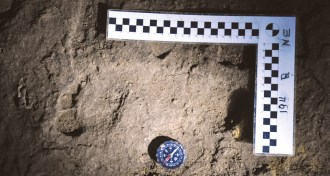 Anthropology
AnthropologyRomanian cave holds some of the oldest human footprints
A group of Homo sapiens left footprints about 36,500 years ago, not 15,000 as scientists had thought.
By Bruce Bower -
 Life
LifePregnancy disorder shares aspects with Alzheimer’s
Misfolded proteins, the hallmark of Alzheimer’s and mad cow diseases, are found in urine of women with preeclampsia.
-
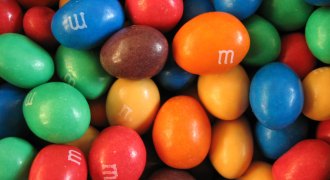 Neuroscience
NeuroscienceObese women struggle to learn food associations
In a lab experiment, women fail to connect color signal with tasty reward, a deficit that may contribute to obesity.
-
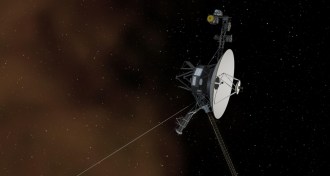 Astronomy
AstronomyVoyager may not have entered interstellar space, after all
Two scientists argue that Voyager 1 space probe is still in solar bubble, despite NASA’s announcements to the contrary.
By Andrew Grant -
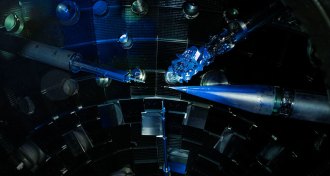 Physics
PhysicsDiamonds under pressure impersonate exoplanet cores
Scientists use lasers at the National Ignition Facility to squeeze diamonds to the extreme pressures found inside massive exoplanets.
-
 Plants
PlantsWine corks may owe quality to gene activity
Discovery of genes that distinguish superior stoppers from inferior ones could help reverse recent global downturn in quality.
By Nsikan Akpan -
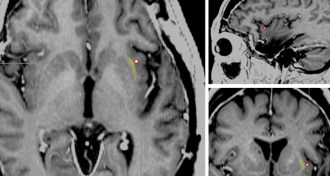 Neuroscience
NeuroscienceElectrode turns consciousness on and off
Woman lost awareness, though appeared awake, when her brain was stimulated near an area called the claustrum.
-
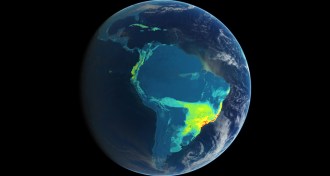 Earth
EarthBird’s-eye views of the globe highlight avian trouble spots
Recent maps reveal trouble spots for the world’s imperiled birds.
By Susan Milius -
 Life
LifeDomesticated animals’ juvenile appearance tied to embryonic cells
Mild defects in embryonic cells could explain physical similarities along with tameness across domesticated species.